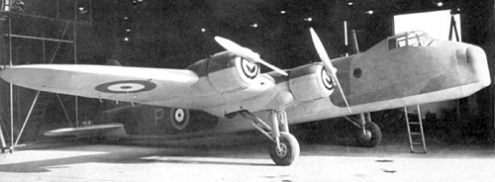
After about 12 years of wondering what happened to the missing British Short Stirling Bomber BK716, it was finally found at the bottom of the Markermeer lake, near Amsterdam. In 2020 we’ve also learned that the remains of the seven airmen who went missing aboard this aircraft during World War II are still on board.
A spokesman for Durham Constabulary in the United Kingdom said the Bomber Command Museum of Canada had asked it for help tracking down living relatives of Sergeant Charles Armstrong Bell of Langley Park, County Durham, one of the seven airmen. The relatives of the six other crew members have also been found, although their names have not been revealed.
The BK716 was lost when returning from a bombing raid in Germany in 1943, and first discovered in 2008 when a piece of its landing gear latched onto the anchor of a stranded boat. Experts had long believed that the aircraft was another Short Stirling, the BK710, after examining an aluminium panel. Later, however, a cigarette case and a wooden mascot brought on a new investigation that made the BK716 a more likely candidate.
The defence ministry and a private contractor started retrieving the wreckage of the BK716 on 31 August, with an engine part confirming that it is the BK716. After six weeks, the dredging will have been completed and hopefully we’ll hear all the historical details. For context, the Markermeer is a 700 km² lake that is in fact shallow at 3 to 5 m in depth, while the area the plane parts are being found cover 75 m².
(Links: dutchnews.nl, bbc.com, Photo of a different plane, the Short S 31 Half Scale Stirling by, most probably, the Imperial War Museum)



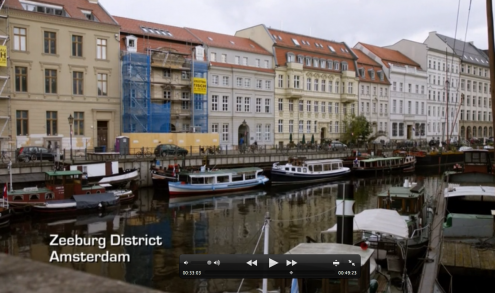
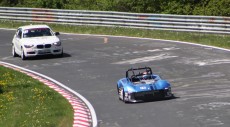
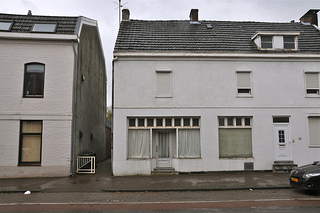
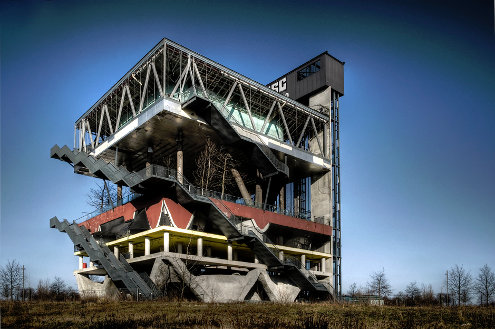
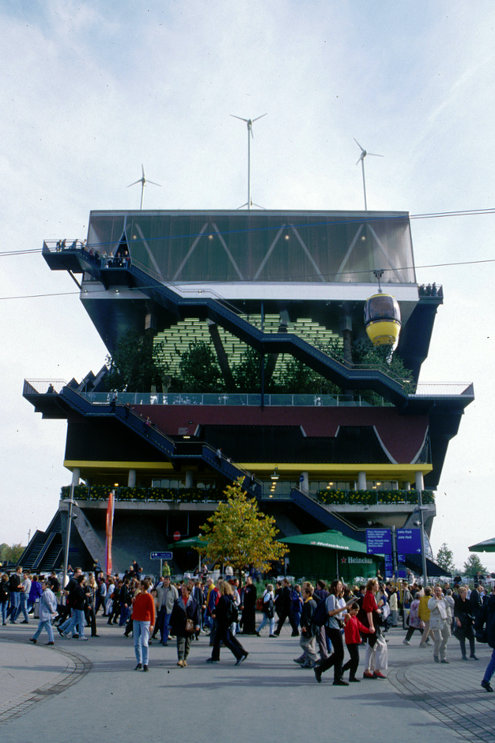
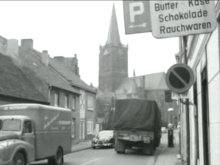 After World War II the Netherlands took two small villages and an assorted number of small territories from the Germans as reparations, most of which were returned on 1 August 1963 in exchange for 280 million German marks.
After World War II the Netherlands took two small villages and an assorted number of small territories from the Germans as reparations, most of which were returned on 1 August 1963 in exchange for 280 million German marks.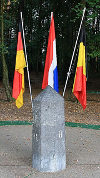 People who speak Dutch with a foreign accent are just as easy to understand as native speakers. Listeners may need a while to adapt to the accent, anywhere from a few sentences to a few minutes.
People who speak Dutch with a foreign accent are just as easy to understand as native speakers. Listeners may need a while to adapt to the accent, anywhere from a few sentences to a few minutes.